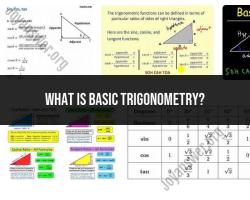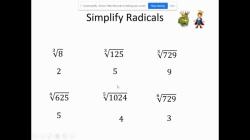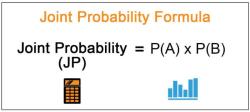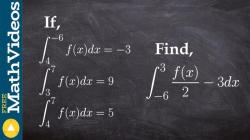How to convert binary number to decimal integer?
Converting a binary number to a decimal integer is a straightforward process. You can follow these steps to perform the conversion:
Write Down the Binary Number: Start with the binary number that you want to convert to decimal. For example, let's use the binary number 1101.
Assign Powers of 2: Begin with the rightmost (least significant) digit of the binary number, and assign a power of 2 to each digit from right to left. Start with 2^0 for the rightmost digit, then increase the exponent by 1 as you move to the left.
For example, with the binary number 1101, you can assign powers of 2 as follows:
- 2^0 for the rightmost digit (1)
- 2^1 for the second-rightmost digit (0)
- 2^2 for the third-rightmost digit (1)
- 2^3 for the leftmost digit (1)
Calculate Decimal Values: Calculate the decimal values for each digit by raising 2 to the assigned power. For the binary number 1101, the decimal values are as follows:
- 2^0 = 1
- 2^1 = 2
- 2^2 = 4
- 2^3 = 8
Multiply and Sum: Multiply each digit in the binary number by its corresponding decimal value and sum the results.
For the binary number 1101:
- (1 * 8) + (1 * 4) + (0 * 2) + (1 * 1) = 8 + 4 + 0 + 1 = 13
Result: The sum from the previous step is the decimal equivalent of the binary number. In this example, the binary number 1101 is equal to the decimal integer 13.
So, the binary number 1101 is equivalent to the decimal integer 13.
You can use these steps to convert any binary number to its decimal equivalent. Just remember to assign powers of 2 to each digit and perform the multiplication and addition accordingly.
Converting Binary Numbers to Decimal Integers: Step-by-Step Guide
Binary numbers, the foundation of digital computation, represent numbers using only two digits: 0 and 1. Converting binary numbers to decimal integers involves understanding the positional value system and applying simple multiplication and addition.
Step 1: Identify the Binary Digits
Start by identifying the individual binary digits, starting from the rightmost digit. These digits represent the powers of 2.
Step 2: Multiply Each Digit by its Corresponding Power of 2
Multiply each binary digit by its corresponding power of 2. The rightmost digit represents 2^0, the next digit represents 2^1, and so on.
Step 3: Add the Products
Add the products obtained from step 2. The sum represents the decimal equivalent of the binary number.
Example:
Convert the binary number 101101 to decimal:
Identify the binary digits: 1, 0, 1, 1, 0, 1
Multiply each digit by its corresponding power of 2:1 * 2^5 = 320 * 2^4 = 01 * 2^3 = 81 * 2^2 = 40 * 2^1 = 01 * 2^0 = 1
Add the products:32 + 0 + 8 + 4 + 0 + 1 = 45
Therefore, the decimal equivalent of 101101 is 45.
Binary to Decimal Conversion: Understanding the Process
Binary to decimal conversion is based on the positional value system. Each digit in a binary number holds a value based on its position, with the rightmost digit representing the least significant bit (LSB) and the leftmost digit representing the most significant bit (MSB).
In binary numbers, the value of a digit is either 0 or 1. If a digit is 1, it contributes its corresponding power of 2 to the overall value. If a digit is 0, it does not contribute to the overall value.
By multiplying each binary digit by its corresponding power of 2 and adding the products, we can obtain the decimal equivalent of the binary number.
Mastering the Art of Translating Binary to Decimal
Mastering binary to decimal conversion requires practice and understanding the underlying principles. Here are some tips for mastering the art:
Familiarize yourself with the binary number system: Understand the concept of positional value and the powers of 2.
Practice with simple examples: Start with converting small binary numbers to decimals to get a feel for the process.
Use a binary to decimal converter: Online calculators or conversion tools can help you verify your answers and practice.
Understand the inverse process: Learn how to convert decimal numbers to binary numbers to gain a deeper understanding of the relationship between the two systems.
Apply binary to decimal conversion in real-world scenarios: Look for opportunities to use binary to decimal conversion in everyday life, such as interpreting binary codes or understanding digital data representation.












